There is much controversy about the origins of yoga. Therefore, I did thorough research to give you a brief summary of the history of yoga. The history of yoga is so vast (Yoga is over 5000 years old), I couldn’t possibly put everything down in one article. But if you are interested to get a general idea about the history of yoga and what Hollywood and the British military have got to do with it, read on.
History: from word of mouth to the first scriptures
From ancient India to a multi-billion dollar industry. It is a whole different world if you compare the loin cloth covered yogi’s in India with the urban hipsters and housewives or housemen in the western world. How did yoga became so popular? How did it even arrive in the west? The yoga we practice here in the western world is relatively new and it is brought to us through some important teachers from India.
The beginning
Let’s start at the beginning. And here comes the catch. When did yoga begin? Yoga goes way back. So far back even, that we don’t exactly know its origins. In the old days wisdom and rituals were not written down but passed on from teacher to student, through spoken word. Therefore, it’s hard to pinpoint the start of yoga and there are many different opinions about the history of yoga because of this.
The Indus civilization
What we do know, is that yoga originated in India 5000 or more years ago. In the early 1920’s archaeologist discovered the so-called Indus civilization. Just to give you a frame of how big that civilization was: it is considered one of the three biggest bronze age civilizations together with ancient Egypt and Mesopotamia. Archaeologist found images engraved on soapstone seals that resemble yogi-like figures. The most famous one is called the Pashupati seal, with someone sitting in lotus pose. Think of it. With practicing yoga we are part of such an ancient tradition!
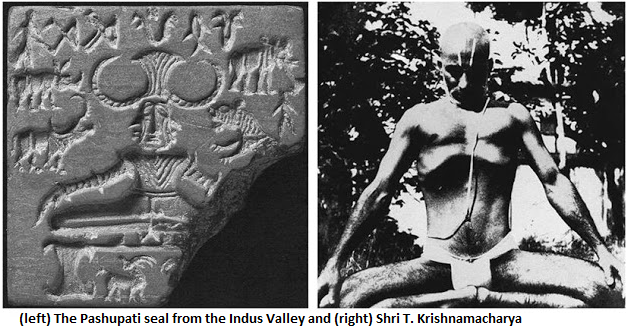
Vedic Origins
Most scholars agree that the first written evidence of the term yoga is found in ancient India’s earliest religious texts called the Vedas, dated at around 1500BC. The Sanskrit word ‘Veda’ is translated as ‘knowledge’ and are a collection of texts containing rituals, mantra’s and songs which were practiced by Brahmans, which are Vedic priests. These are the oldest Sanskrit texts and have verses describing yoga as a practice of controlling the mind. A line from the Rigveda V.81.1 goes like this:
‘Yunjante mana uta yunjante dhiyo, vipra, viprasya brhato vipascitah’.
Which is translated as:
‘Sages of the great Illumined sage yogically control their minds and their intellect.’
As you can see here, the practice of yoga was for meditation and spiritual use. It was more of a spiritual practice then a physical one.
The concept of yoga found in different religions
The use of the concept of yoga is found in religious texts from Jainism, Hinduism and Buddhism. Therefore, yoga began within a subset of larger religious and spiritual traditions. The forerunner of the kind of yoga we use today was slowly developed by Brahmans who eventually documented their practices and beliefs in the Upanishads, that have over 200 scriptures. The practice of yoga was for meditation and spiritual use to elevate suffering through meditation, to expand consciousness and to become enlightened. One of the most remarkable Yoga scriptures is the Bhagavad-Gītā.
The Bhagavad-Gītā
The Bhagavad-Gītā (500BC) is seen as the ‘bible’ of yoga and in these scriptures three types of yoga are described. Different paths that lead to the same ultimate goal of liberation, to the union between the individual consciousness and the universal consciousness.
The different paths are:
- Karma yoga: the path of action (karma). Doing the right thing. The path of selfless service and action.
- Bhakti yoga: the path of devotion, the path of the heart, of love that conquers hate, envy etc.
- Jnana yoga: the path of knowledge. Studying the scriptures but also the study of the self.
The Bhagavad-Gītā is like a summary of the philosophy of the Vedas and Upanishads. And each individual can choose a path suited to their nature to achieve liberation.
The Yoga Sutra’s
Around 200 AD the yoga Sutra’s, known as the most important text on yoga, are written by the Sage Patanjali and became a big player in the yoga scene. It was the first time in history of yoga that the knowledge of this practice became organized in an extensive system. In the yoga Sutra’s Patanjali describes yoga as ‘Ashtanga’, which is translated as ‘the eightfold path’ and offers guidelines for living a meaningful and purposeful life. This path became known as ‘Raja’ yoga: the path of meditation. Again, there were no descriptions of any postures, of the physical kind of yoga.
Related: https://petrianne.yoga/the-foundations-of-yoga-an-introduction-to-yoga/
The start of yoga as we know it
Hatha yoga
A few centuries after Patanjali we slowly see the change toward yoga asana (the postures), as we know it today. Previous generations of yogi’s didn’t pay much attention to the body. But a group of yogi’s developed different ways to quiet the mind.
Tantra yoga: balancing your energies
This is when Tantra yoga was developed, and no, Tantra yoga is not about sex and orgies. It is about balancing our energies: male and female. About balancing the internal and external. They saw that the body was not an obstacle that had to be overcome but saw it as a vessel to reach enlightenment. They saw the body as a temple of their immortal soul and created a system to make the body as strong and healthy as possible so it could sit still for hours in meditation. This eventually led to the creation of Hatha yoga. And was developed from observing movements of animals and nature.
The birth of physical yoga
Hatha yoga is the practice of the physical yoga, and the yoga in the way we know it today was born. The most important text of hatha yoga is the Haṭhayogapradīpikā, written by the sage Svatmarama. This manual describes the foundations of Hatha yoga, of which all different styles of modern yoga are originated from. Svatmarama teaches us that obtaining self-control and self-discipline is easier when we start with the physical and energetic body. Control those first and it will be easier to master the mind and become successful in Raja yoga.
The start of Modern day yoga
We have arrived in recent history and the rise of yoga as we know it. Different teachers have made their impact on how yoga became so popular. It’s a fascinating time. Who knew that yoga was incorporated with exercises of the British military? Most yoga styles that we practice in the west would not be known today if Sri Tirumalai Krishnamacharya hadn’t restored the knowledge of yoga.
The concept of yoga to the western world
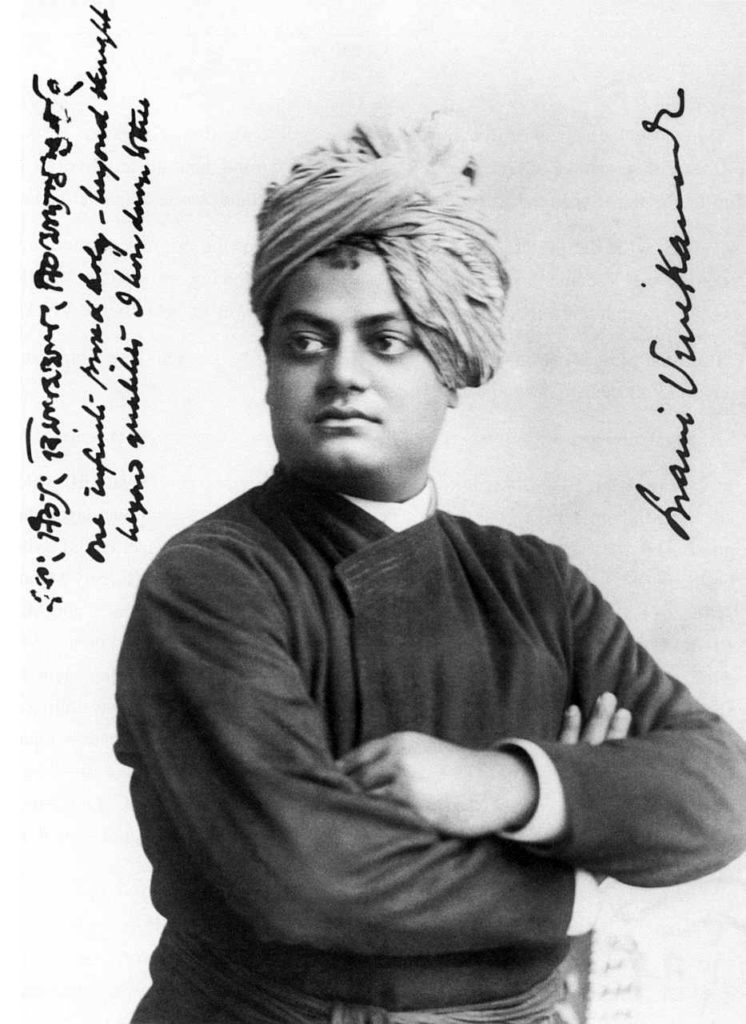
But first things first. In 1893 Swami Vivekananda travelled to the U.S. with his goal to participate in the World Parliament of Religions. With some effort he got in, and it was the first time the western world learned about yoga, without knowing the actual name ‘yoga’ since Vivekananda was a bit withholding because of the conservative nature of the parliament. He didn’t talk about the postural yoga, only about the ‘science of the mind’. Another key figure who brought yoga to the west was Paramahansa Yogananda, who wrote the infamous book “Autobiography of a yogi”: a must read! Let’s focus now on how the postural yoga arrived to the western world.
Krishnamacharya, the father of modern yoga
It’s the year 1888 and Sri Tirumalai Krishnamacharya is born in a remote Indian village. His father was a great religious master and starts educating him together with his wife. Krishnamacharya obtained various university degrees. Around his 30th he finds his guru Sri Rammohan Brahmachari and under his wings he starts studying the yoga scriptures and practicing yoga asana and pranayama.
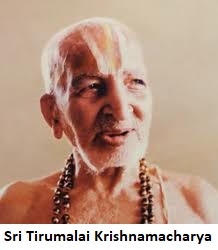
Yoga beats oppression
In contrast to what you might think, India hasn’t always embraced yoga. Yoga was not popular in Hinduism since they considered it to be too focused on the body. The British colonization also oppressed everything that had something to do with yoga (and basically everything else that was part of the Indian culture). Despite of this he managed to make yoga popular again in India due to his many demonstrations, and his students are the first to bring the postural yoga to the west.
Inspiration of British army practices and Indian wrestling
Besides the traditional hatha yoga he drew inspiration from British army calisthenics, Indian wrestling and gymnastics to create his yoga. And yes, I was just as surprised as you are when I first read this. Although if you think about it, it is not that strange considering the British colonialized India and cultural exchange takes place. Dr Mark singleton wrote a great book about this called: “Yoga body – The Origins of Modern Posture Practice.”
Yoga made suitable for modern times
He was traditional but also very innovative and progressive to make yoga suitable for modern times. Krishnamacharya was the first to teach yoga to women and also the first to teach foreign students. He himself never left India but his students surely did. His teaching style was aimed at each individual body type (he had a degree in Ayurveda) and prescribed yoga for better health, and also treated himself through yoga.
Step by step: Vinyasa
Krishnamacharya probably was the first to introduce the concept of ‘Vinyasa’. Which is translated from Sanskrit as ‘step by step’. A Vinyasa links the postures together, linking breath with movement. This makes the yoga practice more dynamic then the traditional Hatha yoga. There are video’s on YouTube of Krishnamacharya practicing yoga asana which are very impressive. No wonder he got the attention from so many people! Krishnamacharya practicing yoga. Some people consider this his marketing tricks to raise the popularity of yoga. He himself called it ‘propaganda’ to make people interested and always stayed true to the real yoga, which is the stilling of the fluctuations of the mind. Marketing or not, his demonstrations worked.
Different people, different types yoga
Like I mentioned before, Krishnamacharya’s teaching style was aimed at the needs of the individual student. He taught one student in a different way than the other. This explains the beginning of different yoga styles as his famous students each developed a different approach to yoga under the guidance of Krishnamacharya. Although these styles look different they are still the same at its core.
Indra Devi (1899-2002): the Mother of modern yoga (and Marilyn Monroe)
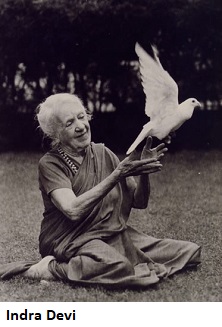
Indra Devi, her real name is Eugenie Peterson, is one of the first female yoga teachers. She also goes by the name ‘Mother of modern yoga’. Interesting fact is that she was the first ‘foreigner’ that Krishnamacharya accepted as his student, it took her some time to win in over though. She was originally from Russia and was drawn to India from a young age.
She moved to India in her twenties and became a movie star before she became Krishnamacharya’s student. The first yoga school Indra opened was in China, and she was the first to open a yoga school in the U.S. in 1947. She established her school in Hollywood. Because of this, yoga became very popular among celebrities such as Greta Garbo and Marilyn Monroe who fell in love with the practice and because of that made yoga very popular in the US. Later in her life she moved to South America and brought yoga there. Her gift was her deep knowledge of traditional Hatha yoga as taught to her by Krishnamacharya.
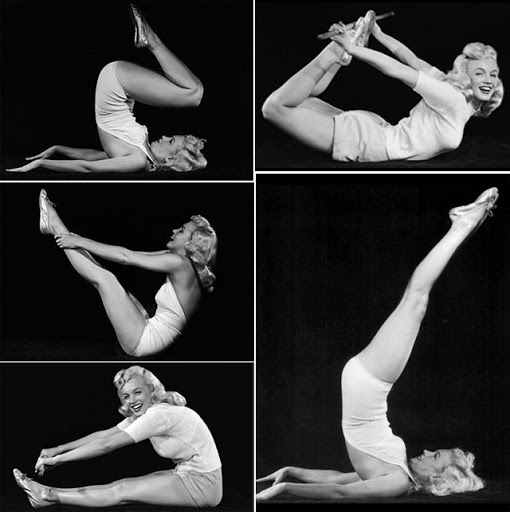
“I restore myself when I’m alone.” Marilyn Monroe
K. Pattabhi Jois (1915-2009): Founder of dynamic and powerful yoga
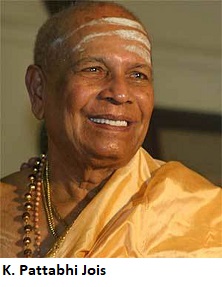
Jois started studying with Krishnamacharya as a teenager and developed what is now known as Ashtanga yoga. This is the more dynamic and powerful yoga style.
Krishnamacharya would take Jois with him to demonstrations and Pattabhi Jois also taught other students in the yoga Shala (Sanskrit name of yoga school) of Krishnamacharya. Jois travelled to California on a yearly basis, starting Ashtanga yoga in the U.S.
B.K.S. Iyengar (1918-2014): precision of the postures
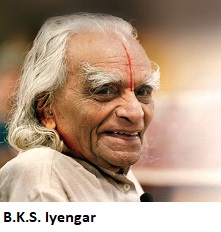
Just like Jois, he also started as a teenager and the yoga style he developed still holds his name today: Iyengar Yoga. Krishnamacharya was married to Iyengar’s sister so they were brother in laws. Iyengar was in very poor health as a kid and Krishnamacharya asked him to come to Mysore, where the yoga Shala of Krishnamacharya was situated, to practice yoga and become healthy again.
He was a very determined kid and his yoga style is well known for its precision of the postures. Krishnamacharya saw Iyengar’s talent and encouraged him to start teaching. Iyengar is very famous and his book: Light on Yoga is definitely on the list of recommended books to read about yoga.
T.K.V Desikachar (1938-2016): therapeutic yoga
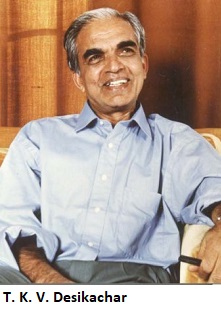
Desikachar is one of Krishnamacharya’s sons. Opposite to Ashtanga Yoga, his style is calm and deliberate and is called Viniyoga. As a kid Desikachar didn’t like what his father was doing and I guess that is something from all times: kids disliking their dads profession. After studying to become an engineer he became interested in yoga and specifically the therapeutic side, the healing side of yoga.
Different Lineage of key teachers
Swami Sivananda Saraswati (1887-1963), the other Father of modern yoga
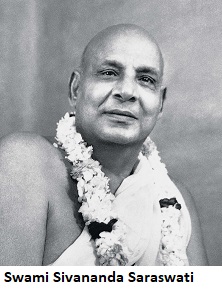
Swami Sivananda Sawaswati is also considered as one of the great yoga teachers of our time and known for endlessly serving others. Although he just like Krishnamacharya never left India, he founded the Divine Life Society, wrote over 200 books and his teachings are famous over the whole world. He studied medicine and at first he was a doctor, but gave up his ‘old life’ and moved to Rishikesh, India. In Rishikesh he met his guru, Vishvananda Sawaswati who initiated him into the Sannyasa order.
He taught practical Vedanta and integrated yoga. Sivananda yoga is a classical and holistic approach to Hatha yoga. It is a complete healing system designed to help the body maintain a natural healthy state.
Swami Satyananda Sawaswati (1923-2009)
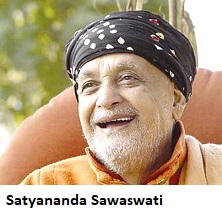
Satyananda was a student of Sivananda, and yes, the names can be a bit confusing. He met his guru Sivananda when he was eighteen and started living at the Ashram in Rishikesh and after five years he was initiated into the Sannyasa order by his guru. Later in life he founded the Bihar School of Yoga and brought yoga to the western world.
His teaching style was based around the idea that yoga is a lifestyle, incorporating all different yoga paths. Karma yoga, Bhakti yoga, Jnana yoga and Raja yoga. He wrote over 80 books, of which the most popular would be: Asana Pranayama Mudra Bandha. I think if you are a yoga teacher reading this you know exactly which book: the one with the orange cover.
Vishnudevananda Saraswati (1927-1993) aka ‘The Flying Swami’
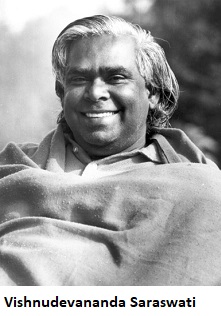
Vishnudevananda is the founder of Sivananda yoga, based on the teachings from his guru Sivananda. He worked in the Indian army before he got inspired by a pamphlet written by Sivananda and at the age of twenty he moved to Rishikesh and entered the Sivananda Ashram. He founded one of the first yoga teacher training programs in the West.
Later he became a well-known peace advocate by flying over the places in the world that had political issues, so called ‘hotspots’. This is how he got the name ‘The flying Swami’. He would fly over the Berlin wall for example.
Next to the yogi, also find the Indian gymnast within yourself
Krishnamacharya and Sivananda were the key figures in the process of reconstructing yoga in the way we know it today. Their students are the people who were most influential in bringing yoga to the western world. No matter which yoga style you are practicing they can be traced back to one of these teachers. More about all the different yoga styles that exist today in my next blog. Thank you for reading. And maybe you think of a Indian gymnast next time you find yourself in a very challenging yoga pose. Namasté.